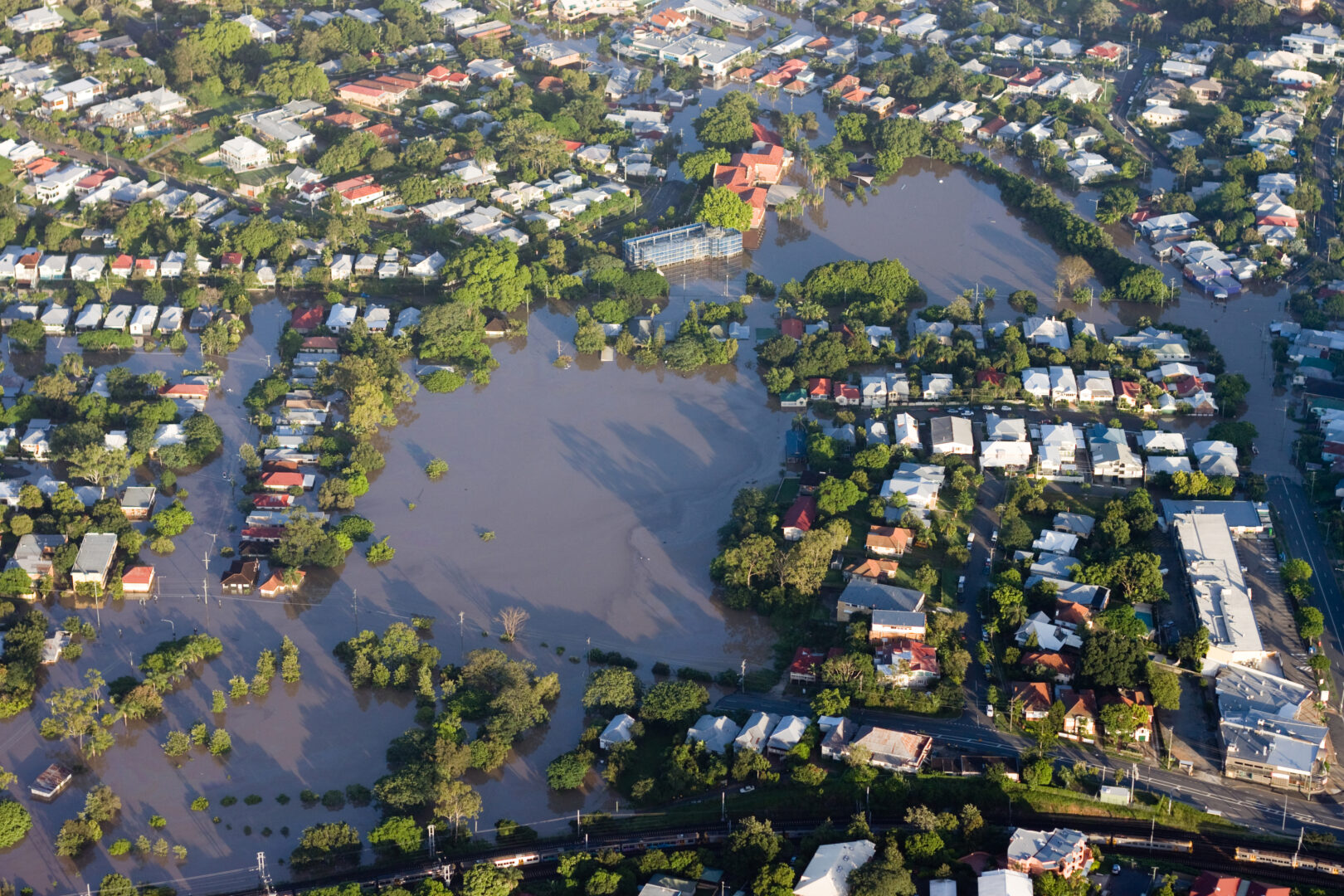Emergency Services Funding
Well-funded fire and emergency services are paramount to state governments’ ability to respond to natural disasters.
With Australia predicted to experience more frequent and extreme weather events over the coming years, it is vital that these services are funded in the most efficient way possible to ensure our state emergency services are able to adequately respond to increasing demands for their assistance.
Insurance-based taxes have a distortionary effect on the market, artificially inflating premiums and discouraging policyholders from appropriately insuring their risks. As businesses become more price-sensitive, these taxes serve as an incentive to abandon traditional risk insurance models in favour of alternative mechanisms that do not attract these taxes.
These alternative mechanisms allow businesses to continue enjoying the benefits of state fire and emergency services without contributing to their funding. In New South Wales this increases the financial burden on remaining policyholders, while in Tasmania it decreases the funding available to these vital services.
With the Tasmanian Government recently announcing its intention to replace the current insurance-based funding model with a property-based model, New South Wales is the only remaining state to fund their fire and emergency services using this model, with other states abandoning the insurance-based funding model due to its inequitable nature. NIBA has engaged with the New South Wales Government urging them to abolish insurance-based levies in favour of a fairer property-based model.

Insurance Affordability in Northern Australia
Due to increased claim costs and tightening of risk appetites the hard insurance market, felt around the world, has begun to solidify in Australia. Nowhere is this felt more keenly than in Northern Australia where insurance premiums are up to four times higher and continuing to grow at more than double the pace of the rest of Australia.
The ACCC inquiry into insurance affordability in Northern Australia found that the utilisation of brokers within the area is much higher than for the rest of the country, suggesting that finding appropriate insurance is challenging for many homeowners. A lack of affordable insurance options has led to significant rates of non-insurance with an estimated 20% of homes in the region forgoing insurance.
In a healthy functioning, market insurers compete on both price and offerings to win market share. The ACCC identified that this is not the case in Northern Australia with insurers instead seeking to deter customers in some high-risk areas by raising premiums so as to reduce their overall risk exposure. It is clear to NIBA that the insurance market in Northern Australia requires intervention. In order to create a meaningful reduction in insurance premiums, actions must be taken to reduce the underlying level of risk in the region. Northern Australia is already prone to severe weather events which are predicted to increase in both frequency and severity.
Public (community level) disaster mitigation works have already proven successful in lowering insurance premiums in other areas of Australia. Following the completion of flood mitigation work in Roma, premiums were reduced by up to 90%, with Suncorp customers receiving an average premium reduction of between 40 and 68%. Household level mitigation can also be effective where community level works are not possible or would not address the risk. However, these works come at a cost and it is unlikely that those who need relief the most would have the means to undertake these works without government assistance.


